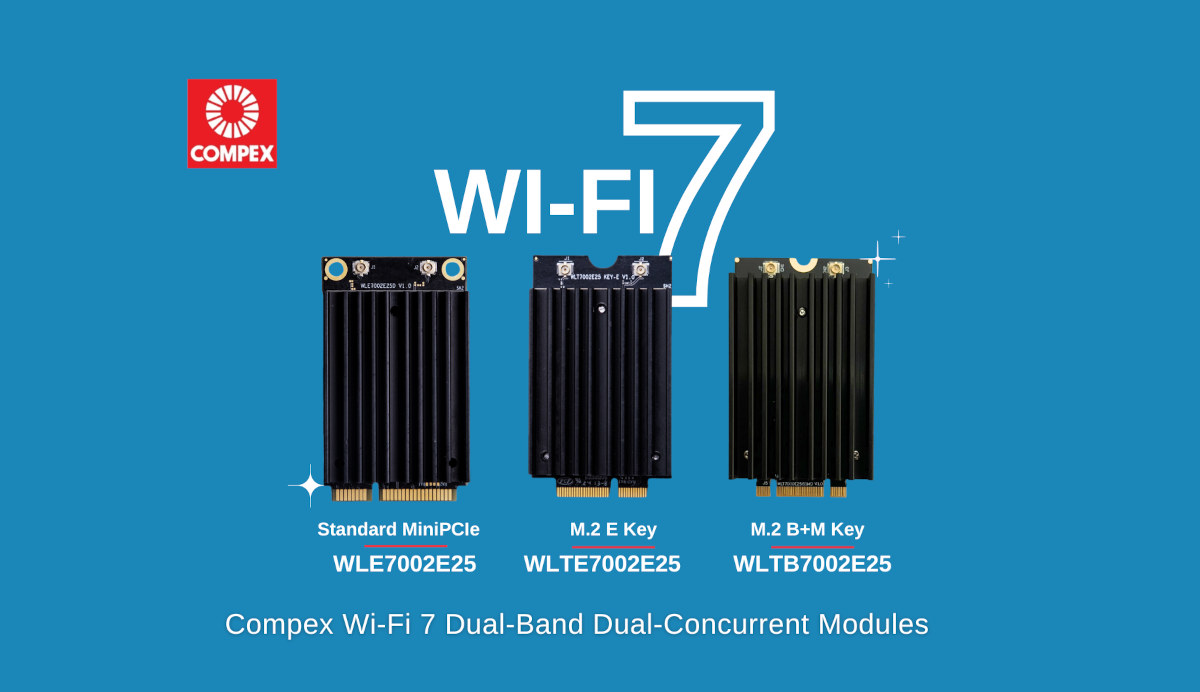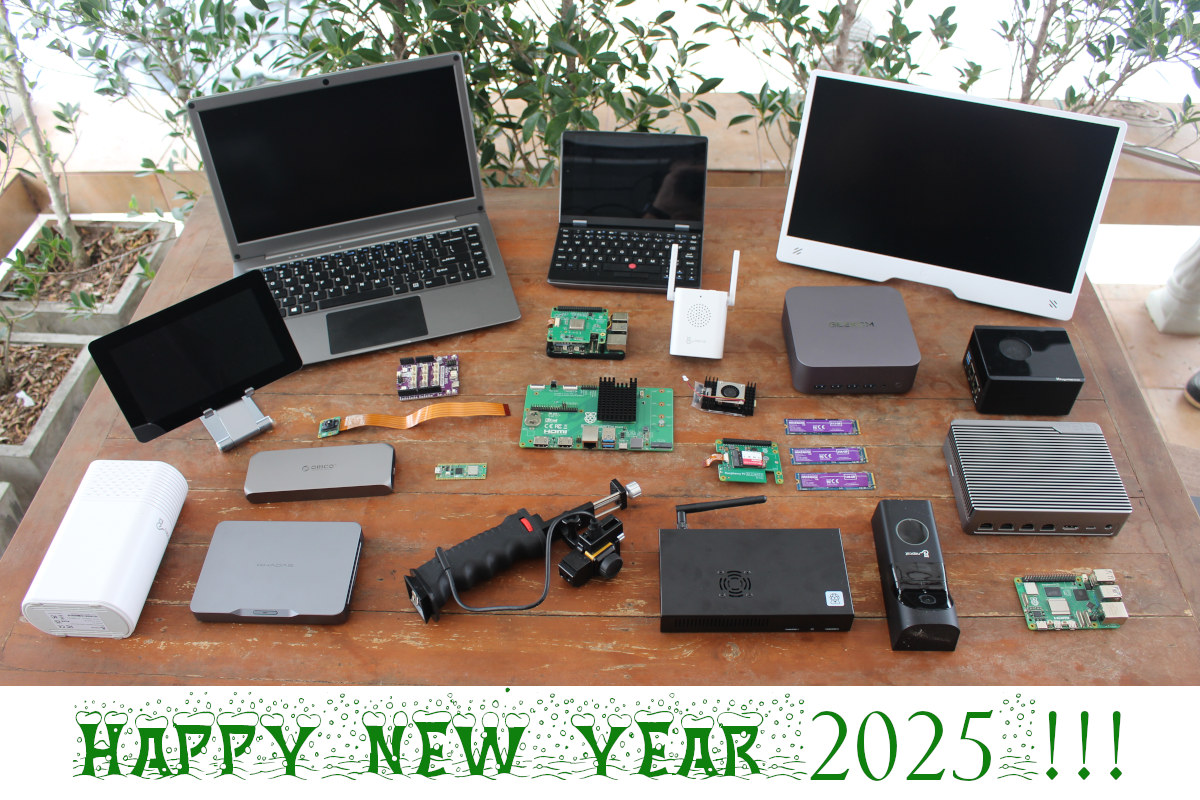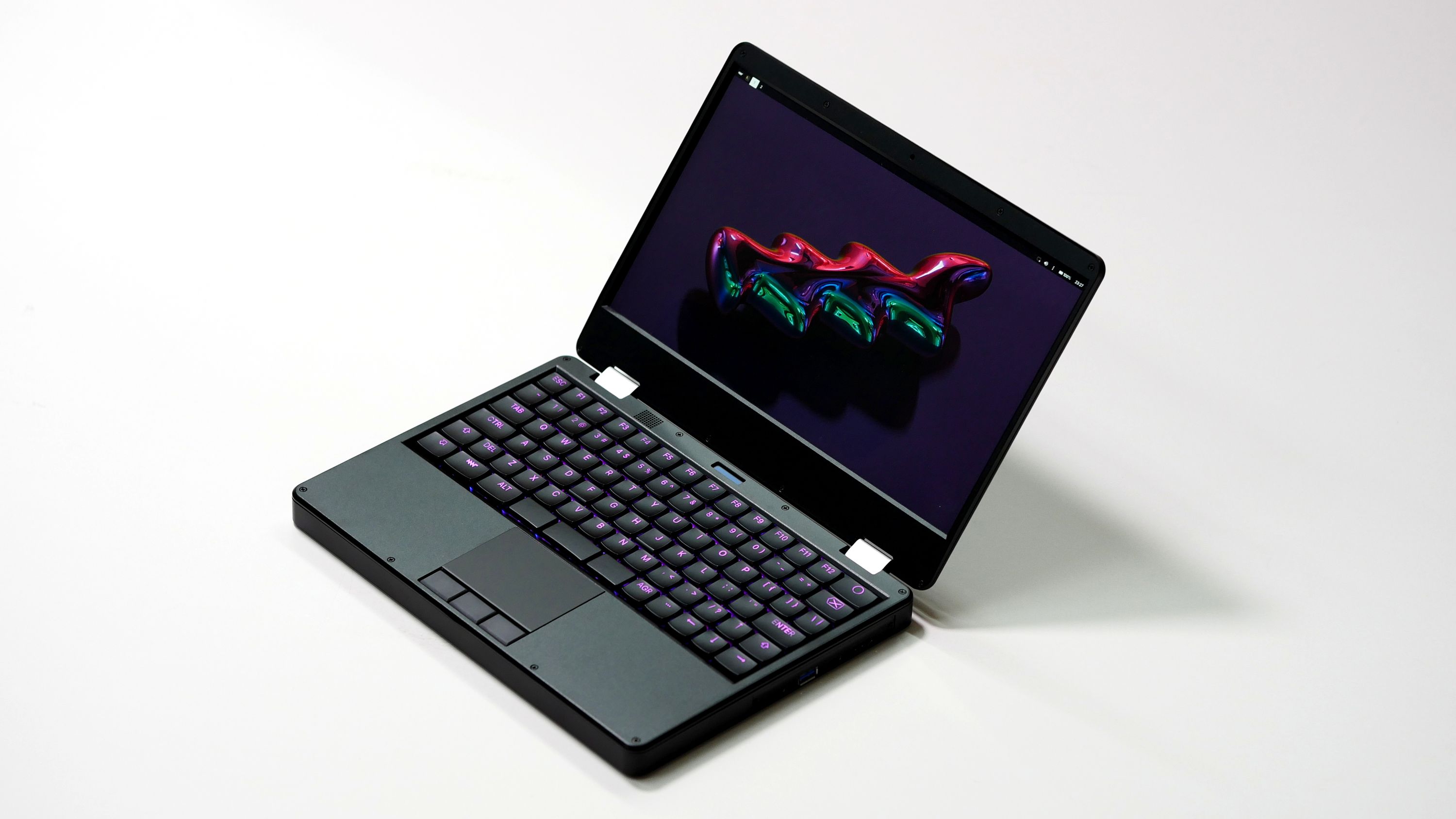Tanmatsu is a handheld terminal device for hackers, makers, and tech enthusiasts based on the 400 MHz ESP32-P4 RISC-V microcontroller, including a QWERTY keyboard, and supporting various connectivity options with WiFi, Bluetooth LE, 802.15.4, and even LoRa in the 433 MHz or 868/915MHz bands. The handheld computer also features a 3.97-inch MIPI DSI display, a built-in speaker and a 3.5mm audio jack, and various expansion connectors such as a Qwiic connector for I2C/I3C modules, and PMOD and SAO expansion connectors. Tanmatsu specifications: Microcontrollers Espressif ESP32-P4 dual-core RISC-V microcontroller @ 400MHz with 32MB of built-in PSRAM WCH CH32V203C8T6 32-bit RISC-V microprocessor @ up to 144 MHz with 20KB SRAM, 64KB flash used for keyboard matrix and power management Storage 16MB flash for firmware MicroSD card slot supporting SD cards at 3.3v and 1.8v voltage levels (SDIO 3) Display – 3.97-inch MIPI DSI display with 800 x 480 resolution, 65,536 colors Audio […]
Pilet is a Raspberry Pi 5-powered modular, portable computer with 5-inch or 7-inch display, optional built-in keyboard (Crowdfunding)
Pilet is a modular, open-source hardware, portable computer designed for the Raspberry Pi 5 SBC, and equipped with a choice of displays, keyboards, and an optional battery module that can last for up to 7 hours. Two models are available: the Pilet 5 with a 5-inch display, an integrated keyboard, a trackball, a scroll wheel, a navigational switch (D-Pad), and game buttons, and the Pilet 7 with a larger 7-inch display and support for detachable modules such as a keyboard, gamepad, or deck. Pilet specifications: Supported SBC – Raspberry Pi 5 Storage – MicroSD card, NVMe SSD via module Display Pilet 5 – 5-inch IPS MIPI DSI display with 1280×800 resolution, capacitive touch screen. Pilet 7 – 7-inch IPS MIPI DSI display with 1280×800 resolution, capacitive touch screen. Video Output- 2x micro HDMI ports Networking Gigabit Ethernet RJ45 port 802.11ac WiFi 5 and Bluetooth 5.0 Optional LTE cellular via module […]
$12 Plant Bot is an ESP32-C3 soil sensor and pump driver for fully automated indoor plant care
The Plant Bot is an open-source, Internet-enabled plant monitor powered by the ESP32-C3 microcontroller and integrating a corrosion-resistant capacitive moisture soil sensor and a pump driver on a single printed circuit board, eliminating the need for additional cabling. The Plant Bot is designed to automate indoor plant care by combining moisture sensing, light sensing, and pump activation. It can be powered via USB or a single coin cell battery which lasts up to a week with daily updates. An onboard multi-color LED visually represents the current soil condition, ranging from red (dry) to blue (moist). The “Soil Level” line on the board indicates the maximum depth to which the sensor or device should be inserted into the soil. According to the maker, the Plant Bot will remain unaffected by corrosion if the soil level does not exceed this line. Other solutions we’ve covered with a soil sensor usually separate the […]
FOSDEM 2025 schedule – Embedded, Open Hardware, RISC-V, Edge AI, and more
FOSDEM 2025 will take place on February 1-2 with over 8000 developers meeting in Brussels to discuss open-source software & hardware projects. The free-to-attend (and participate) “Free and Open Source Software Developers’ European Meeting” grows every year, and in 2025 there will be 968 speakers, 930 events, and 74 tracks. Like every year since FOSDEM 2015 which had (only) 551 events, I’ll create a virtual schedule with sessions most relevant to the topics covered on CNX Software from the “Embedded, Mobile and Automotive” and “Open Hardware and CAD/CAM” devrooms, but also other devrooms including “RISC-V”, “FOSS Mobile Devices”, “Low-level AI Engineering and Hacking”, among others. FOSDEM 2025 Day 1 – Saturday 1 10:30 – 11:10 – RISC-V Hardware – Where are we? by Emil Renner Berthing I’ll talk about the current landscape of available RISC-V hardware powerful enough to run Linux and hopefully give a better overview of what to […]
Compex Systems expands its dual-band Wi-Fi 7 lineup with new M.2 variants (Sponsored)
Compex Systems (Compex) is set to take wireless connectivity to the next level with the latest expansion of its popular dual-band Wi-Fi 7 module lineup. Introducing the new M.2 variants, including WLTB7002E25 with an M.2 B+M Key and the WLTE7002E25 with an M.2 E Key, these additions complement the Compex’s existing WLE7002E25, which features the popular standard mini PCIe form factor. Together, these Wi-Fi 7 modules offer comprehensive solutions with enhanced performance, flexibility, and compatibility — all at competitive Wi-Fi 6 prices. Powered by Qualcomm’s QCN6224, QCN6274 and QCN9274 Waikiki series radio chipsets, the WLE/WLTE/WLTB7002E25 are dual-band concurrent 2.4+5GHz Wi-Fi 7 (802.11be) modules, offering wider signal coverage by transmitting both bands concurrently, reducing latency with Multi-Link Operation (MLO) support, featuring OFDMA and 4096 QAMs. Delivering up to 20dBm per chain, these 2×2 MU-MIMO models are ideal for enterprise, industrial, cybersecurity, transportation, and SMB applications. “Our expanded Wi-Fi 7 module lineup […]
PicoPD Pro – An open-source RP2040 development board with USB PD support up to 30V
The PicoPD Pro is an open-source Raspberry Pi RP2040 development board that integrates USB PD support up to 30V, and features like voltage negotiation and power delivery while still retaining the Raspberry Pi Pico functionality. It features the AP33772S USB-C PD3.1 sink controller from Diodes Incorporated. The AP33772S supports the full USB-C PD 3.1 specification, including Extended Power Range (EPR) / Adjustable Voltage Supply (AVS) up to 28V and Programmable Power Supply (PPS) up to 21V. The PicoPD Pro USB PPS/AVS development board is ideal for powering devices with specific requirements, such as motor control boards, LED drivers, custom battery chargers, and other high-power applications. It also features a 5V rail output for less demanding applications. It can also be used as an AP33772S evaluation board. We have previously seen other USB-C PD solutions like the Spark Analyzer, YULC LED Controller, and USB Insight Hub which may serve a similar […]
CNX Software’s 2024 Year in review, website statistics, and what to expect in 2025
That’s it! 2024 is almost over, and it’s time to reflect on what happened during the year. So I’ll look at the highlights of 2024, share some CNX Software website traffic statistics, and speculate on what may be ahead of us in 2025. Looking back at 2024 Raspberry Pi was super active this year with 22 product launches that included boards and modules like the Raspberry Pi 5 with 2GB RAM, Raspberry Pi Pico 2 and Pico 2 W, Raspberry Pi CM5, expansion modules like the Raspberry Pi AI camera, AI HAT+, and M.2 HAT+, new accessories such as the Raspberry Pi Touch Display 2 and the Raspberry Pi Monitor, and the new Raspberry Pi 500 keyboard PC among others. As usual, there was also plenty of announcement of accessories from third parties, and some boards with the new Raspberry Pi RP2350 Arm/RISC-V microcontroller. There weren’t any ground-breaking Arm processors […]
MNT Reform Next is an open-source, RK3588-powered modular 12.5-inch laptop (Crowdfunding)
The MNT Reform Next brings the Rockchip RK3588 processor to the modular laptop series. It retains the open-hardware nature of the older MNT Reform and introduces a lighter and more modular design, complete with a much faster processor. The MNT Reform Next separates the three port boards from the main motherboard, allowing for greater customization and modification than its predecessors. The standard processor module (RCORE) can be swapped with other modules such as the Raspberry Pi CM4, as well as NXP i.MX 8M Plus, NXP LayerScape 1028A, and AMD Kintex-7 FPGA modules. Like the classic MNT Reform and the MNT Pocket Reform, the enclosure for the Reform Next is milled from anodized, bead-blasted aluminum. Apart from being repairable and customizable, the RK3588 modular laptop is powerful enough to be a daily driver for browsing, writing, programming, gaming, graphics design, sound creation, and video editing. MNT Reform Next specifications: SoM SoC […]










